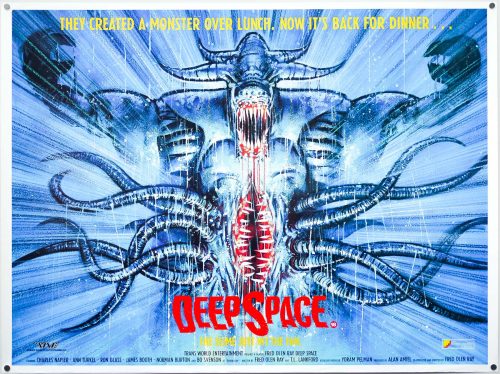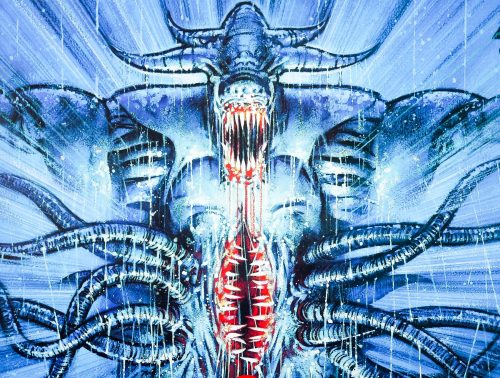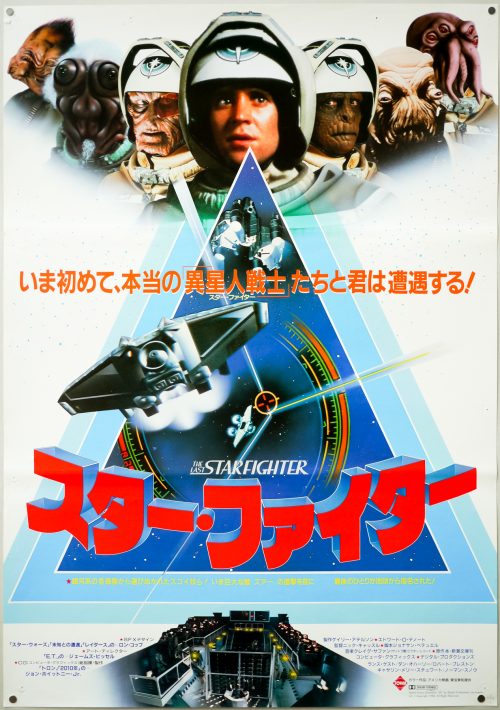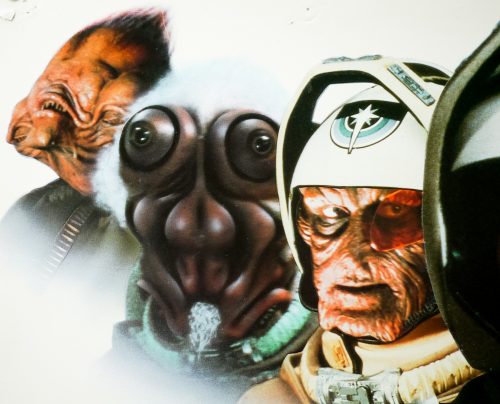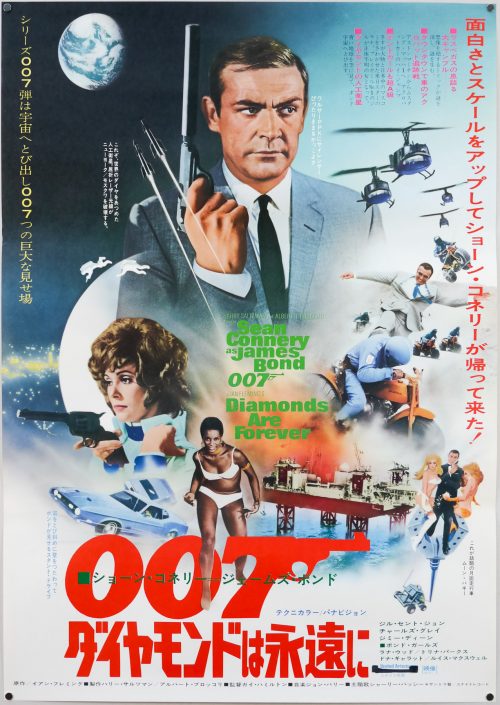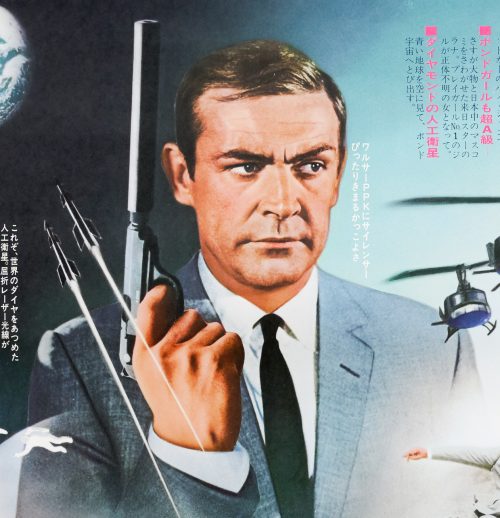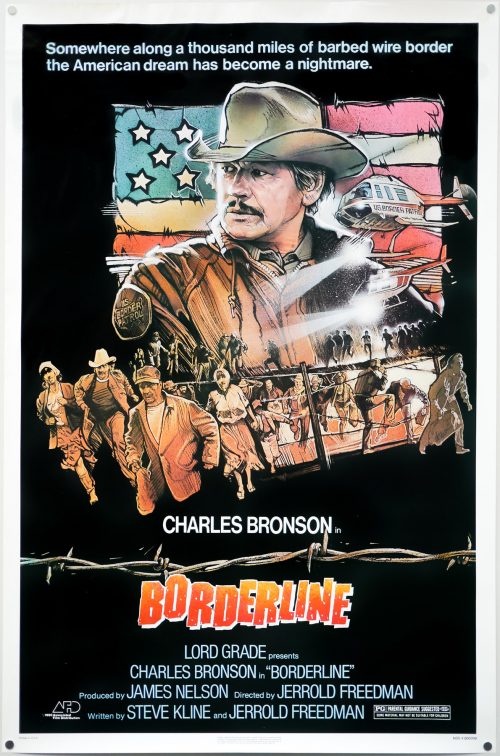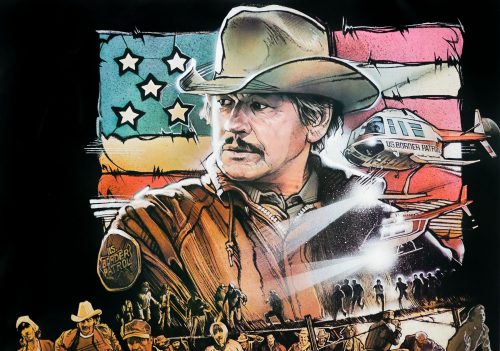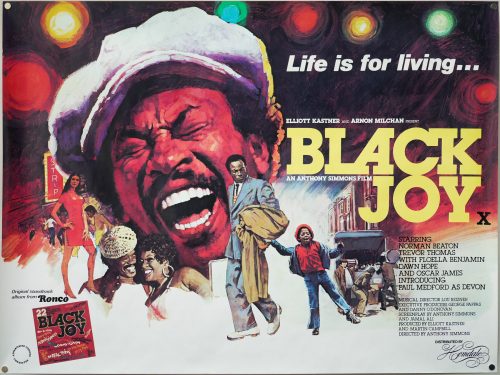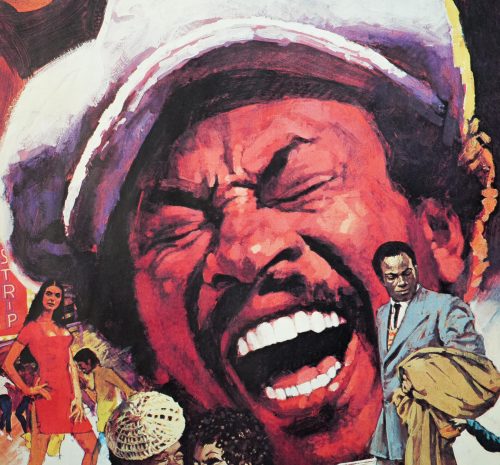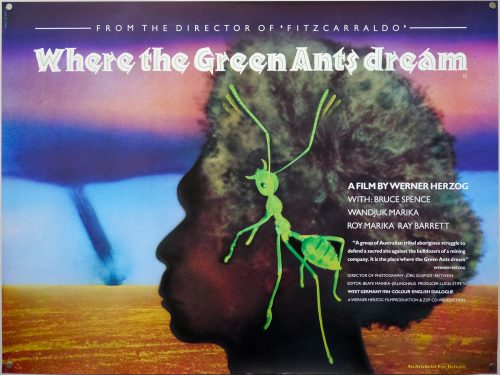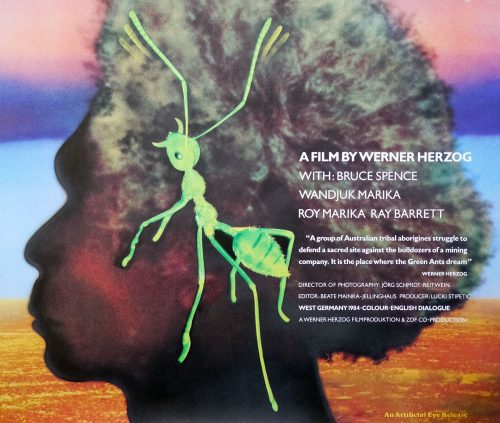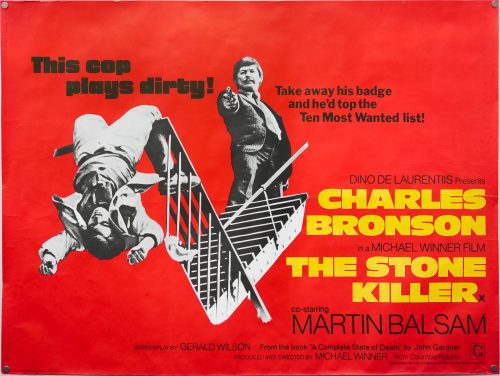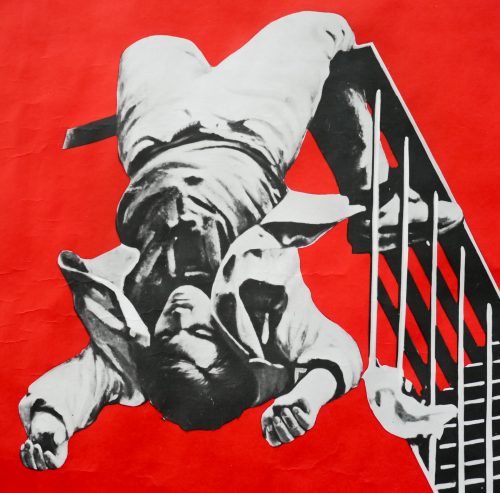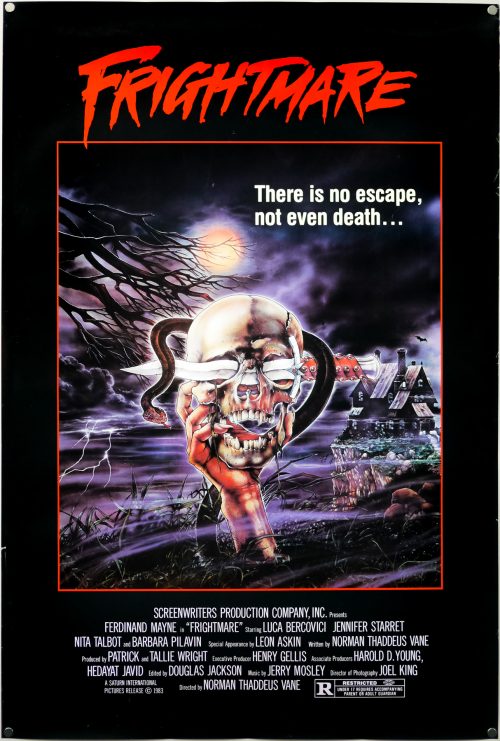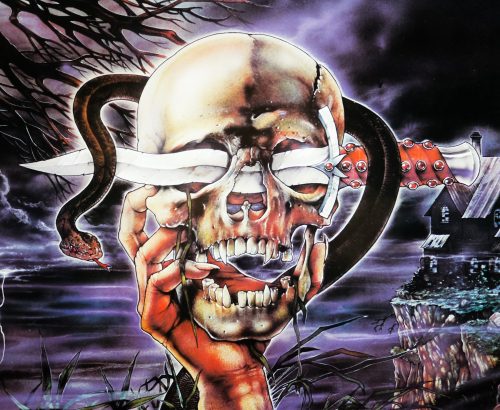- Title
- Deep Space
- AKA
- L'invasion des cocons (France)
- Year of Film
- 1988
- Director
- Fred Olen Ray
- Starring
- Charles Napier, Ann Turkel, Bo Svenson, Ron Glass, Julie Newmar, James Booth, Norman Burton, Jesse Dabson, Elisabeth Brooks
- Origin of Film
- USA
- Genre(s) of Film
- Charles Napier, Ann Turkel, Bo Svenson, Ron Glass, Julie Newmar, James Booth, Norman Burton, Jesse Dabson, Elisabeth Brooks,
- Type of Poster
- Quad
- Style of Poster
- --
- Origin of Poster
- UK
- Year of Poster
- 1988
- Designer
- Graham Humphreys
- Artist
- Graham Humphreys
- Size (inches)
- 29 15/16" x 39 15/16"
- SS or DS
- SS
- Tagline
- They created a monster over lunch. Now it's back for dinner... | The slime just hit the fan.
A classic piece of Graham Humphreys artwork for the British release of the forgettable 1988 sci-fi clunker Deep Space, It’s something of a miracle that the film even saw the inside of a cinema and there’s no question that it would be straight to video if it were to be released today. The film was directed, written and produced by the prolific schlockmeister Fred Olen Ray (check out the profile pic), who was also responsible for the likes of Scalps, Hollywood Chainsaw Hookers (released the same year) and recent TV movies including Super Ninja Bikini Babes.
A homage rip-off of films like Alien, Terminator and even elements of the original Evil Dead, the story sees a top secret military satellite containing a biological weapon crashing to earth and unleashing the deadly cargo on a Los Angles suburb. To the rescue comes a pair of unlikely cops (Charles Napier and Ron Glass) who have to try to stop the monster. The cribbing from other better films is so blatant that there’s even a scene directly mirroring the death of Harry Dean Stanton in Alien, plus a moment where a lead character chainsaws the alien’s head, covering his face in blood ala Ash from Evil Dead.
This British quad, which is unquestionably better than the film it’s selling, was designed and painted by Humphreys for the British distributor Entertainment in Video and was briefly discussed during the interview I conducted with the artist in 2011:
————-
The quad for Kindred, which is also from 1987, is pretty outrageous.
You’re left in no doubt as to what kind of film it’s going to be!
It was one of those VHS covers that stood out as soon as you went in the rental shop. This was for Entertainment?
This was through a design company and they’d been instructed to use me because of the work I’d done on Evil Dead. They gave me the layout and design and just told me to illustrate it. I remember at the time I’d showed somebody my portfolio and they’d said “well it’s interesting, but there are lots of screaming faces with dribbly bits!”
Talking of dribbly bits there’s Deep Space, which is 1988.
Yeah, the big scary vagina with teeth. I think that was for the same client as Kindred, hence the similar design.
————–
To see the other posters I’ve collected by Graham click here. The full film can be found on YouTube if you want to subject yourself to it.
